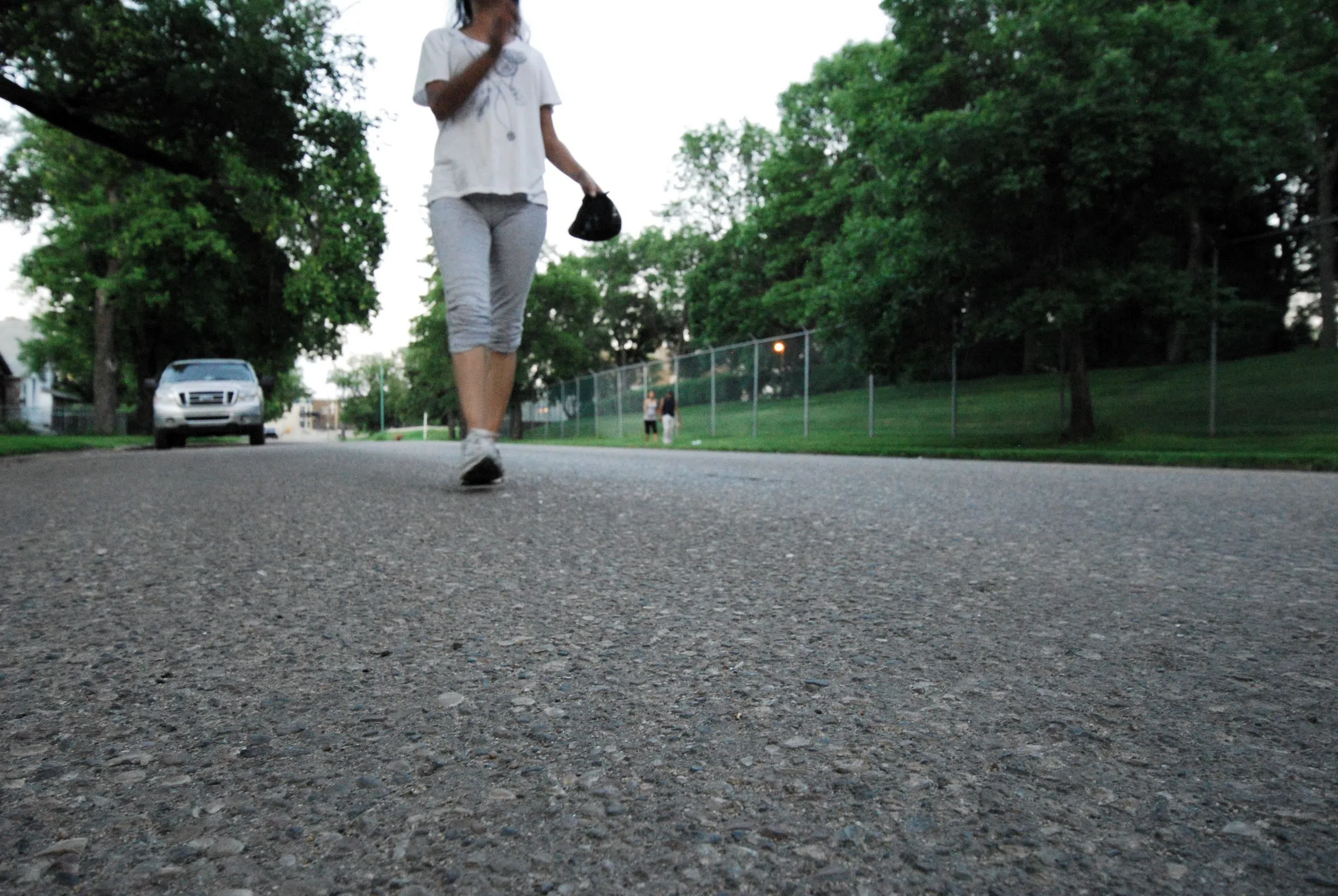
PA’s Police chief explains over 600% jump in prostitution charges, crime stats
By Chelsea Laskowski
paNOW Staff
Of the newly released crime statistics for Prince Albert in 2013, the jump in prostitution charges stands out the most.
They’re up over 600 per cent from the previous year.


